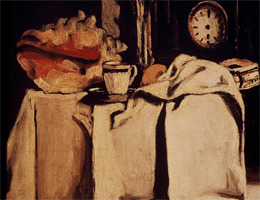All art, according to Walter Pater’s famous words “constantly aspires towards the condition of music.” Since architecture and music are based on rhythm, proportion and harmony, they do share a clear cultural lineage. The search for the visual equivalent of
Sculpture
Eric Satie Parade (1917) Gymnopédies (1893) In their respective fields, Paul Cézanne and Claude Debussy influenced the artists of the early 20th century, which found their counterparts in intellectual circles formed around writers and poets such as Stéphane Mallarmé, Guillaume
In the middle of the 18th century the last shadows of the Baroque faded into the more intimate, colorful and pastoral Rococo period. All of the art forms, particularly those in painting and music, emphasize the “artificial” disguised as the
Over the course of centuries, the relationship between music, the arts and literature has always focused on their similarities and differences. The difference between painting, which one sees and music, which one hears, has always been considered obvious. However, as




